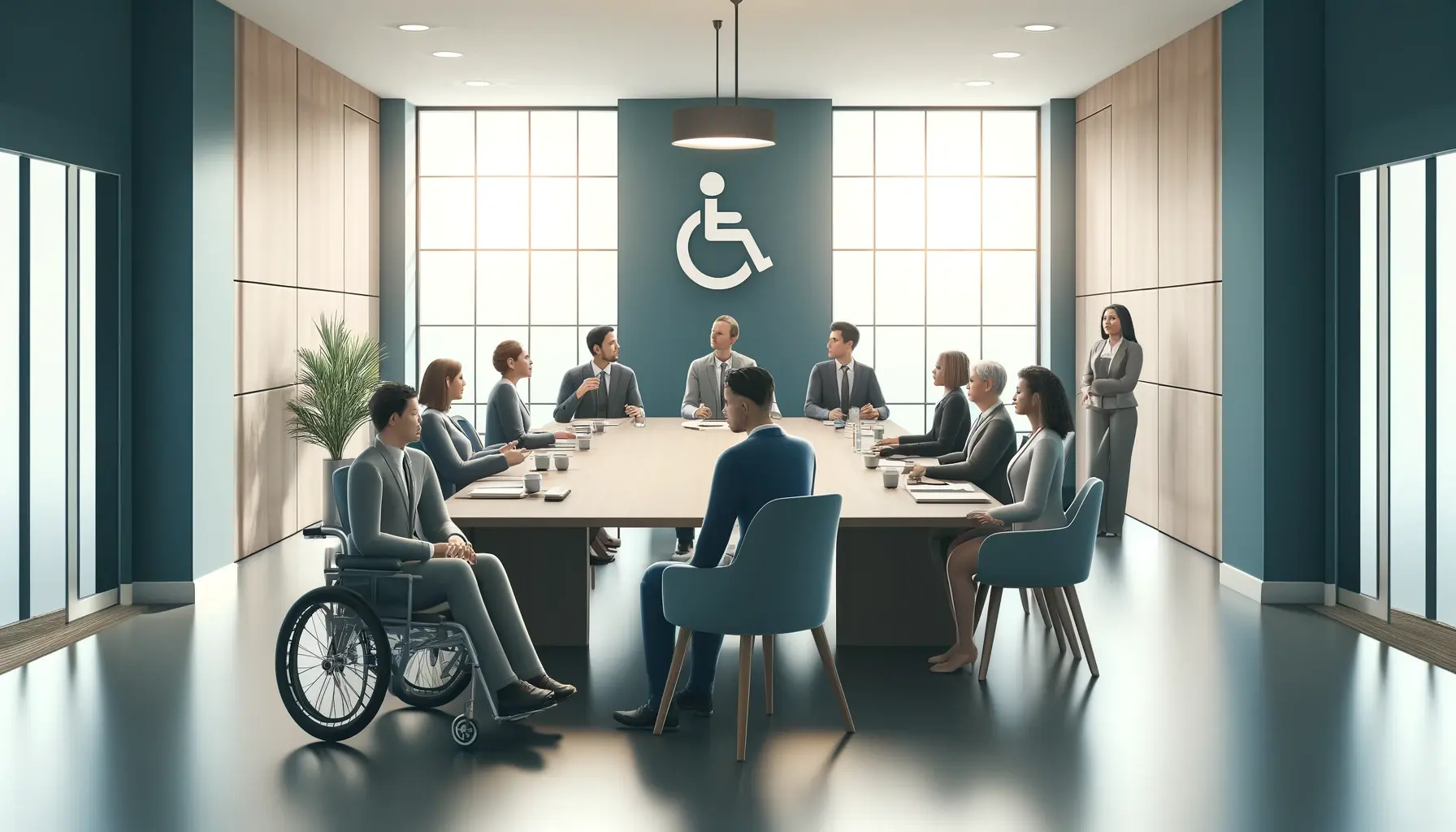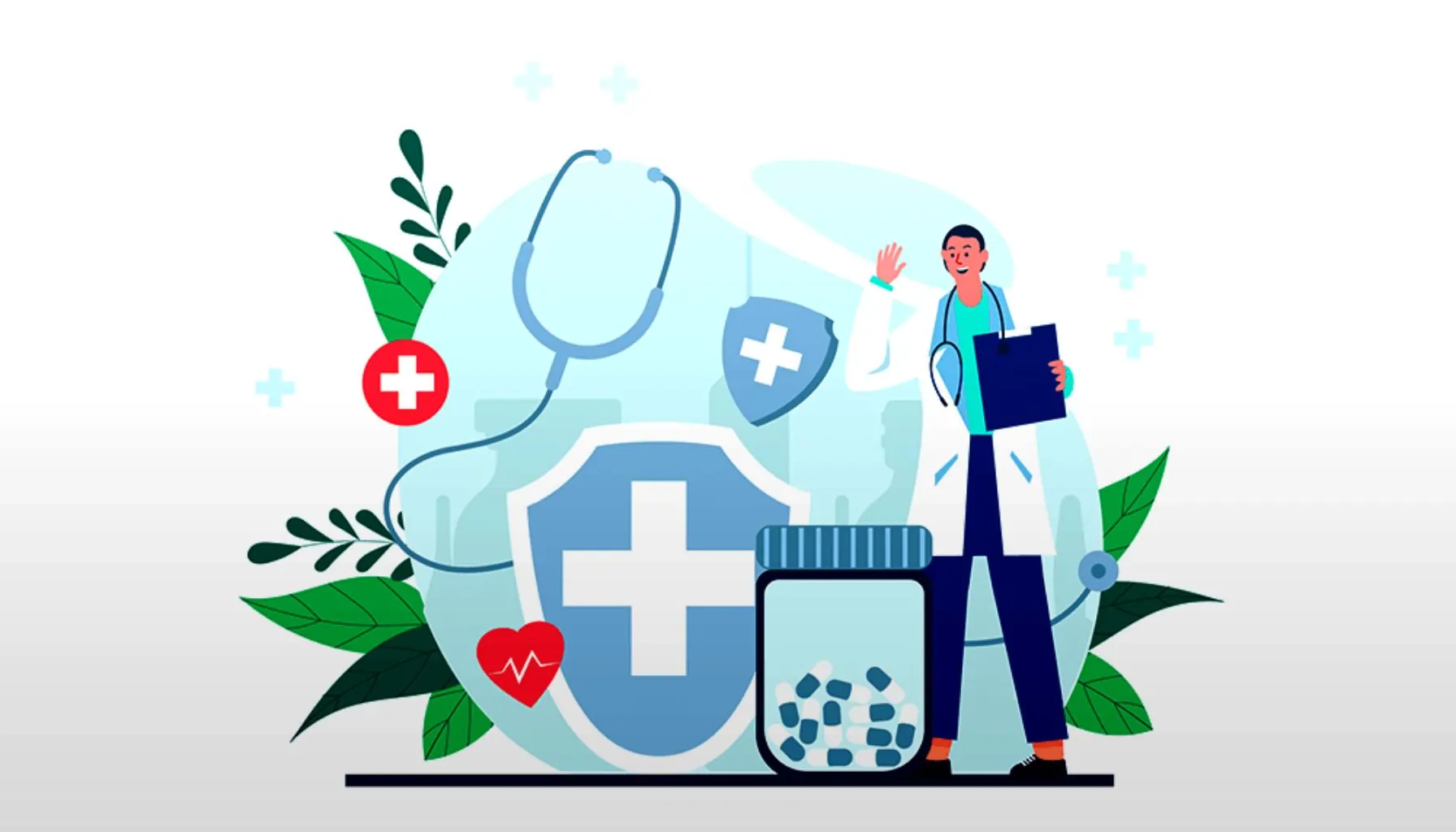See What National Disability Employment Awareness Month Is All About
NDEAM—short for National Disability Employment Awareness Month—takes place every October, where we recognize the skills of employees with disabilities that contribute to the workplace.
With over six million Canadians identifying as having a disability, their daily lives are often marked by challenges that others may not fully comprehend. Simple tasks that many of us take for granted can become significant hurdles for someone with a disability, such as:
- Navigating public spaces
- Accessing information
- Using public transportation
Unfortunately, these challenges extend into the professional realm, where workplace inequality remains a present issue. Individuals with disabilities frequently encounter barriers to entry, advancement, and equal opportunities. Despite their talents and qualifications, many face preconceived notions and systemic barriers that hinder their professional growth.
As we delve into National Disability Employment Awareness Month (NDEAM), it’s crucial to acknowledge these realities and advocate for a workplace landscape that is genuinely inclusive and equitable for everyone.
What is National Disability Employment Awareness?
What started as a modest initiative has grown into an annual celebration and recognition of the evolving narrative around disability in the workplace.
Also known as NDEAM, National Disability Employment Awareness Month brings awareness to disabled individuals in the workplace, common barriers and discrimination that are still present today, and accessible steps everyone can take to create better working environments.
This year’s theme is Advancing Access and Equity in an effort to highlight the critical need for equal opportunity in employment for those with disabilities. Often times those with disabilities encounter barriers and discrimination in the workplace, such as:
- Facing prejudice during hiring processes or promotions, where their abilities may be underestimated or overlooked
- Working in a place where there is no access to ramps, elevators, or accommodations
- Facing biased treatment and exclusion from specific opportunities due to preconceived notions and stereotypes about the capabilities of individuals with disabilities
- Working with inadequate accommodations like assistive technologies, flexible work hours, or modified workspaces and having an impact on their success or performance
- Facing verbal, emotional, or physical harassment based on their disability
Why do we celebrate National Disability Employment Awareness?
In 2022, the employment rate for those aged 16 to 64 with disabilities was roughly 65%.
Because accessible barriers and workplace discrimination are still present in today’s society, we celebrate NDEAM to open the door to educating the public and businesses about accessible workplaces.
During the month of October, people participate in National Disability Employment Awareness by:
- Highlighting the skills, talents, and abilities of individuals with disabilities to shift the focus from limitations to capabilities.
- Emphasizing the significance of fostering inclusive work environments where everyone has an equal opportunity to contribute and succeed regardless of their abilities.
- Raising awareness about the challenges faced by individuals with disabilities in the workforce to help break down stereotypes and misconceptions.
- Encouraging open discussions about disability-related issues, accommodations, and the benefits of a diverse workforce in an effort to lead to positive changes in workplace policies and practices.
- Providing a platform to share success stories of individuals with disabilities who have overcome barriers to achieve success in their careers, inspire others, and challenge stereotypes.
- Recognizing the importance of compliance with laws and regulations that promote equal employment opportunities for individuals with disabilities, such as the Accessible Canada Act (ACA) and the Accessibility for Ontarians with Disabilities Act (AODA).
- Encourages collaboration between employers, employees, advocacy groups, and government agencies to work towards creating workplaces that are accessible and accommodating for everyone.
- Celebrating the diversity of the workforce and acknowledging that individuals with disabilities bring unique perspectives and experiences that contribute to a richer and more varied work environment.
- Acknowledging the achievements of individuals with disabilities and empowering them to pursue their career goals and aspirations.
- Advocating for policy changes and improvements in accessibility, accommodations, and workplace practices that support individuals with disabilities.
What can your workplace do in October to honor Disability Employment Awareness Month?
During NDEAM, the public and private sectors in Ontario and other provinces in Canada should seize the opportunity to comprehend the significance of this month and actively enhance their environments with these tips.
1. Provide training and sensitization
Offer training sessions for employees and management on disability awareness, etiquette, and effective communication. This helps create a more supportive and respectful workplace environment.
2. Introduce inclusive policies
Review and update workplace policies to ensure inclusive employment and provide reasonable accommodations for individuals with disabilities. And, of course, communicate these policies clearly to all employees.
3. Create accessible workspaces
Evaluate the physical workspace for accessibility. Ensure that facilities, workstations, and common areas are designed to accommodate individuals with various disabilities, such as mobility challenges or visual impairments.
4. Adopt flexibility and accommodations
Offer flexible work arrangements and accommodations to support employees with disabilities. This can include flexible scheduling, remote work options, or assistive technologies tailored to individual needs.
5. Establish an employee resource group
Establish Employee Resource Groups (ERGs) focused on disability inclusion. These groups provide a platform for networking, peer support, and advocacy within the organization for a supportive space for employees with disabilities.
Disability Employment Awareness Month is national for reason
Between introducing new policies and encouraging collaboration between all employees, NDEAM will continue to be an important month in October to raise awareness of the barriers people with disabilities face when they’re at work.
Whether you’re a business owner, a CEO, manager, or HR, take this month to reflect on what you can do to change the livelihoods of your employees.
If you have ideas on promoting accessibility in your business but don’t know where to start, fill out the contact form below. Accessibility Partners has a service specifically designed to educate all staff members about accessibility in the workplace.







